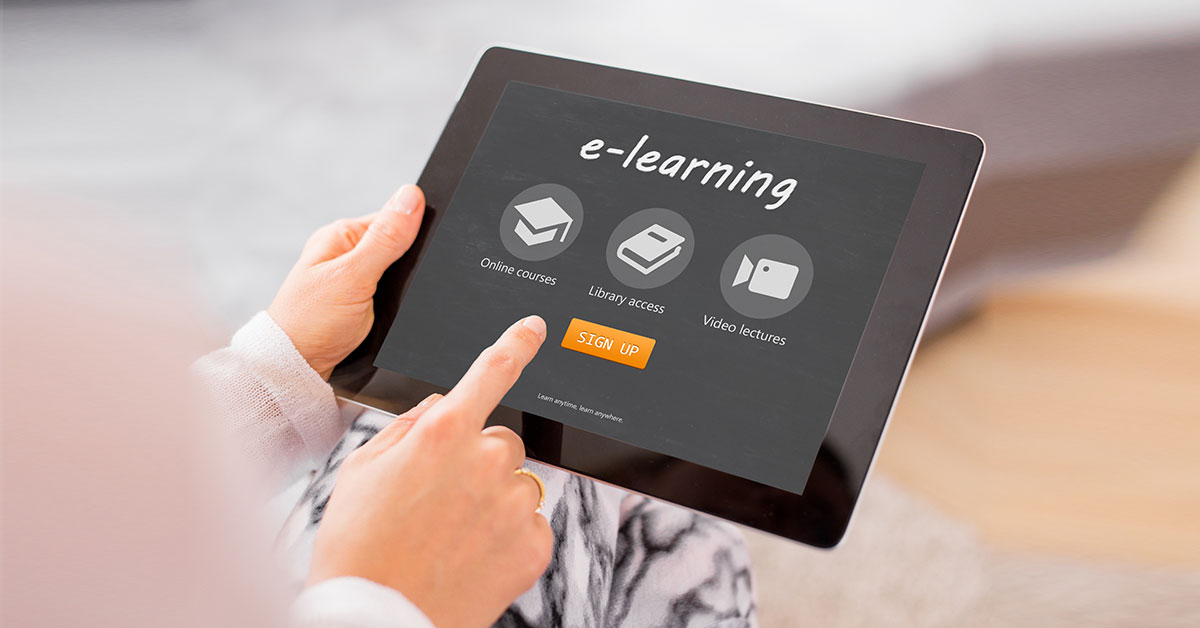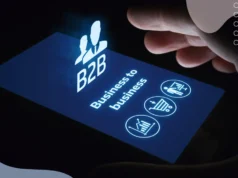
Employee engagement is the most important factor in a company’s success. However, it is not as simple as that. Employee participation and engagement considerations span from highly technical issues such as insufficient devices or equipment to more human problems such as workplace culture. These problems are exacerbated when firms deal with hybrid and remote work styles, which are now more common than ever. But technology takes care of these problems in a hassle-free manner.
A software-based program called Learning Management System (LMS) enables the development, management, and dissemination of educational content. Although LMS is more popular in the context of eLearning courses, they have also been consistently used in the corporate world for procedures like employee onboarding and upskilling.
The correct learning management system solution lets your organization interact with employees and gives them the resources they need to be successful with goals to boost skills, deliver training, and enable career development. Features in flexible learning management systems add customizable options on their platform that supports the personalization of engagement experience for every employee.
Click here to learn about the learner management systems that can address employee engagement issues.
Listed below are some pointers on how an LMS encourages employee engagement:
It is easily accessible
Since not everyone carries a PC, but practically everyone has a smartphone, you must offer mobile eLearning options. Course changes, company updates, compliance information, anything may be posted to a responsive LMS, which will immediately notify users. Having a smartphone and tablet-enabled content encourages workers to share and read resources at their leisure, allowing them to participate within and outside of office hours. This also increases the engagement of the remote employees when it pertains to the company resources and training.
With an LMS, you can provide access to information that deviates from mandatory training. Think about how you are enabling your staff members to study something outside the parameters of their role by making these courses accessible to them. It can prove to be a valuable strategy to encourage a love of learning and boost employee engagement. Many people enroll in additional short courses to foster passion or quench their curiosity.

It allows for microlearning
Portable devices, like mobile phones and tablets, are well-suited for delivering bite-sized educational content or small portions of training material that can boost employee engagement. Microlearning can better hold an employee’s attention and allow them to apply what they’ve learned to do their job straight away. Before meeting with a customer, sales personnel, for example, can spend a few minutes reviewing a brief learning piece on sales strategies, sales pitches, new items, or conflict management. They have more clarity and confidence when they meet with the customer. This, in turn, leads to higher employee engagement.
Leveraging an LMS’s microlearning features for professional development will tap into the learner mindset of today. In comparison to lengthy and tiresome courses, microlearning modules are also simpler to create, update, and disseminate. Shorter courses concentrate on important subjects, which improves the effectiveness and efficiency of learning.
It alleviates job boredom
To get a competitive advantage in the market, company management can use an LMS platform to encourage employees to interact, upskill, take alternative endeavors within their field, and apply for innovative certification courses. LMS can help kill the monotony of job roles and add things for people to pick up every day, thereby, making people want to pursue the job with a learning mindset. Some LMS platforms include artificial intelligence, which learns from a user’s activity, job description, and course preferences and then proposes tailored courses to their interests. This can pique people’s interest in their work. Thus, AI technology automates the process, increasing staff engagement and passion while also giving a considerable return on investment.

It provides interaction via email or other means of communication
We have all played the game where it starts with one person whispering something into the ear of another. The final person reads the message aloud to the gathering. Occasionally, the final message will have very few differences. Sometimes the message is completely different than the original. It is not always simple to pass on updates when a message from the team thread is lost. This is a situation that an LMS helps to avoid. LMSs simplify the communication process and enable you to successfully manage engagement and training sessions even when employees work remotely.
It provides a central place for all major and minor updates from all departments. It could be in the form of push notifications or virtual discussion boards. An employee can easily crowdsource a solution with an LMS by asking a question on the discussion board. As a result of the discussion that happens in the thread, subject matter experts will step in to respond, and your business’s intellectual capital will grow. It is a good way to keep everyone in the loop and make the engagement process smoother.
It includes gamification
People enjoy playing games so much that they would make gaming a part of anything. This is precisely the reason why gamification has spread over the eLearning industry. To make eLearning more interesting and engaging, several LMS platforms incorporate game-like rewards and concepts, such as level progression, badges, and point systems. Gamification not only improves the user experience, long-term retention of knowledge, and information exchange, but it also transforms repetitious or dry modules into rewarding and entertaining competitions. Since it makes way for healthy competition, it also increases engagement among the team members.

It makes use of social learning
Meeting the ever-evolving learning demands of a multigenerational crop of employees, comprising mainly the millennials and Gen Z, is a daunting undertaking for organizations today. Their learning styles are different, their demands are different, and their ways of engagement are also varied.
One of the most effective strategies to increase engagement is to start a dialogue with them. Get to know what would work best for them and try to incorporate the commonalities that come out of this in your system.
You can also benefit from other engagement plans by integrating a social component into your training program. This can include knowledge transfer, activity on newsfeeds, asking inquiries, etc.
One medium where most of the younger workforce predominates is social media. Organizations have a fantastic opportunity to use an LMS in integration with social media platforms. With strong social learning functions, it can give your staff members more incentives to share, cooperate, and network with coworkers and peers.
Additionally, by including social learning in your LMS, you may promote prompt communication and efficiently meet the changing learning requirements of today’s employees.
It is data-driven
While most LMS comes with insights reporting features, selecting an LMS with integrated reporting and analytics tools will assist you in analyzing employee learning patterns, habits, and much more. These statistics can help your business tailor training material, flow, and assessments to better engage staff and deliver material depending on each person’s requirements, preferences, and priorities.

Conclusion
An LMS is more than just a tool for facilitating virtual learning in the workplace. It can also be utilized to provide a blended learning model that meets the challenges of remote learning. This is especially true now that virtual learning is becoming more popular and the number of remote employees is quickly expanding. These are the various ways an LMS can boost employee engagement, especially in cases of virtual offices.









